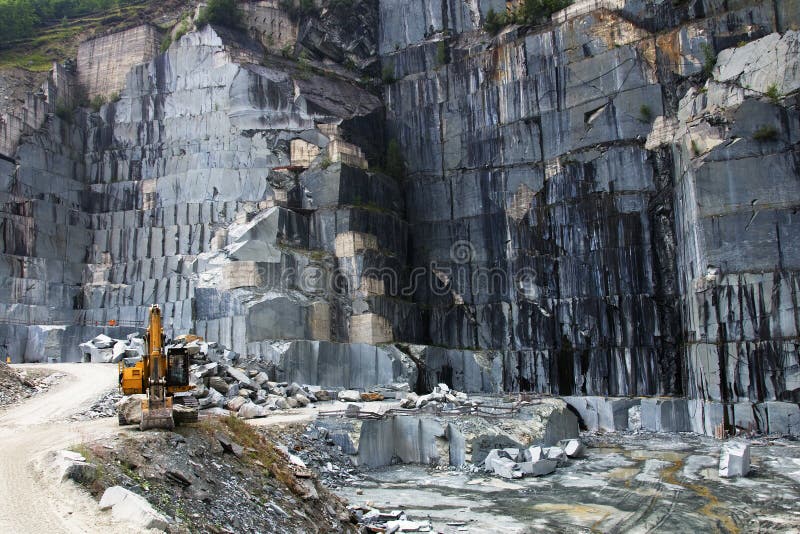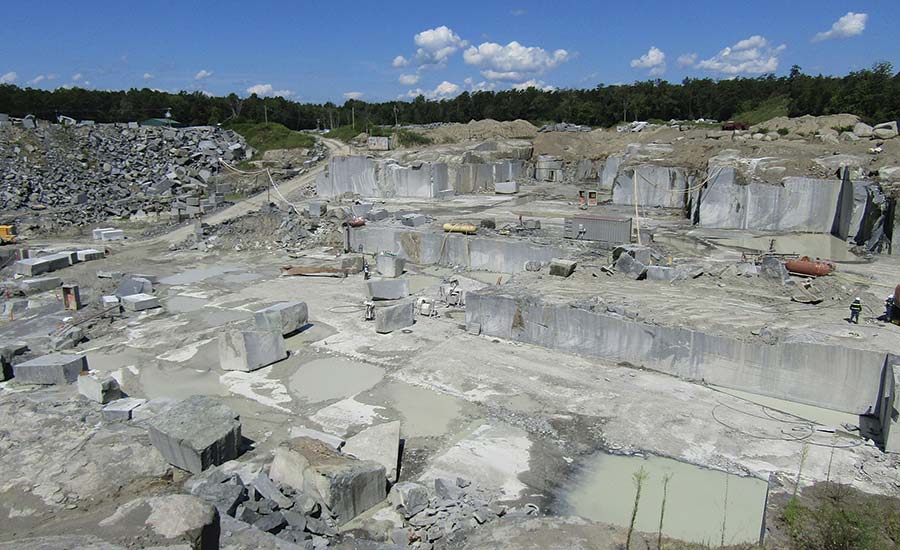Journeying Through Granite Quarries in South Africa: A Visual Odyssey
Journeying Through Granite Quarries in South Africa: A Visual Odyssey
Blog Article
Unleashing the Appeal and Sturdiness of Granite Quarry: A Journey Via Time
Granite quarries stand as testimonies to both the geological marvels of our planet and the long-lasting craftsmanship of humankind. As we peel off back the layers of time and dig into the complex globe of granite quarrying, we uncover a tale that not only showcases the appeal and durability of this impressive stone yet also loses light on the extensive effect it has had on civilizations past and present.

The Beginnings of Granite Quarrying
In the annals of background, the origins of granite quarrying can be traced back to ancient human beings where the quest for resilient structure products sustained the introduction of this classic craft. From the stunning frameworks of ancient Egypt to the grandiose temples of Greece, granite has actually been prized for its stamina, beauty, and long life. The Egyptians, with their sophisticated quarrying strategies, were amongst the first to extract granite widespread, using it to construct huge pyramids and elaborate sculptures that have actually endured the examination of time.
As people developed, so did the methods of quarrying granite. The Romans even more fine-tuned the techniques, developing devices and equipment to extract and transportation granite over vast ranges for their building projects. The toughness and aesthetic appeal of granite made it a treasured material for basilicas, monuments, and sculptures throughout the ages.
Today, the legacy of ancient quarrying techniques lives on, with modern-day technology improving performance while still paying homage to the workmanship of our ancestors. The origins of granite quarrying function as a testament to human ingenuity and the enduring appeal of this noble stone.
Devices and Methods of Quarrying
Quarrying granite needs specialized equipment to draw out the rock from the earth effectively and with precision. Modern quarries utilize diamond-wire saws, high-powered drills, and nitroglycerins to damage apart the granite in a controlled manner.
Along with innovative machinery, standard hand tools are still utilized in particular quarrying procedures to ensure delicate accuracy in extracting the stone. Chisels, hammers, and wedges are employed by competent quarry employees to separate granite obstructs along natural cracks, a method that has actually been passed down via generations.
Additionally, techniques such as drilling upright and horizontal holes for placing feathers and wedges, along with the controlled usage of nitroglycerins in critical places, enable quarry workers to draw out granite efficiently while maintaining the stability of the rock. The harmony in between modern innovation and typical craftsmanship is vital to the lasting quarrying of granite for generations to find.
Development of Granite Quarries
The transformation of granite quarries in time reveals a fascinating story of technical improvement and sector advancement. From ancient times where hands-on tools like knives and hammers were made use of to draw out granite blocks, to the industrial transformation presenting steam-powered equipment for faster quarrying, the evolution of granite quarries has actually been marked by significant advancements. In recent decades, the advent of ruby cable saws and progressed boring innovations has actually revolutionized the extraction process, enabling much more precise cuts and decreased wastage of raw product.

Granite Quarrying in Modern Times
The development of granite quarrying methods from historic reliance on guidebook tools to the innovative methods of modern-day times underscores an impressive trip of technological innovation and sustainability practices within the market. In modern granite quarrying, progressed equipment such as diamond wire saws, high-capacity excavators, and electronic boring equipment he said have actually changed the removal procedure. These tools improve efficiency, precision, and safety, permitting larger amounts of granite to be drawn out in a shorter duration contrasted to traditional techniques.
Moreover, contemporary quarrying techniques prioritize sustainability and environmental stewardship - granite quarries in south africa. Firms are significantly taking on eco-friendly approaches like water reusing systems, dirt suppression technologies, and recovery prepare for tired quarries. These campaigns aim to decrease the ecological impact of granite extraction, conserve natural deposits, and recover quarried landscapes to their initial state
Additionally, the combination of electronic technologies like drones, GPS tracking, and 3D modeling has actually made it possible for quarry drivers to maximize operations, improve decision-making, and guarantee the sustainable administration of resources. By welcoming innovation and sustainability, the granite quarrying sector in modern-day times remains to prosper while upholding environmental responsibility.

Maintaining and Protecting Granite Quarries
Among the evolving landscape of granite quarrying techniques, preservation and security of these useful all-natural websites have actually ended up being vital problems for industry stakeholders and ecological supporters alike. As linked here granite quarries remain to be an essential source of this sought after rock, it is vital to take on lasting strategies that ensure their long life and secure bordering environments.
Maintaining granite quarries includes implementing reliable reclamation strategies to bring back the land post-extraction. granite quarries in south africa. This process consists of improving the surface, replanting indigenous vegetation, and developing environments for wildlife to prosper. By recovering quarries to their natural state, the environmental influence can be minimized, and the appeal of these landscapes can endure for future generations to value
Furthermore, securing granite quarries requires enforcing guidelines that control responsible quarrying methods. This includes monitoring water high quality, regulating dirt emissions, and handling sound levels to mitigate disturbances to the environment and nearby communities. Collaborative initiatives between sector gamers, governmental bodies, and preservation teams are critical in promoting these requirements and making sure the lasting use granite quarries.
Verdict
Finally, the trip with time in granite quarrying discloses the beginnings, devices, methods, and evolution of this method. The contemporary age has actually brought improvements in quarrying strategies, making it possible for the conservation and security of these important natural deposits. It is very important to continue to promote lasting techniques to ensure the elegance and resilience of granite quarries for future generations to value.
Report this page